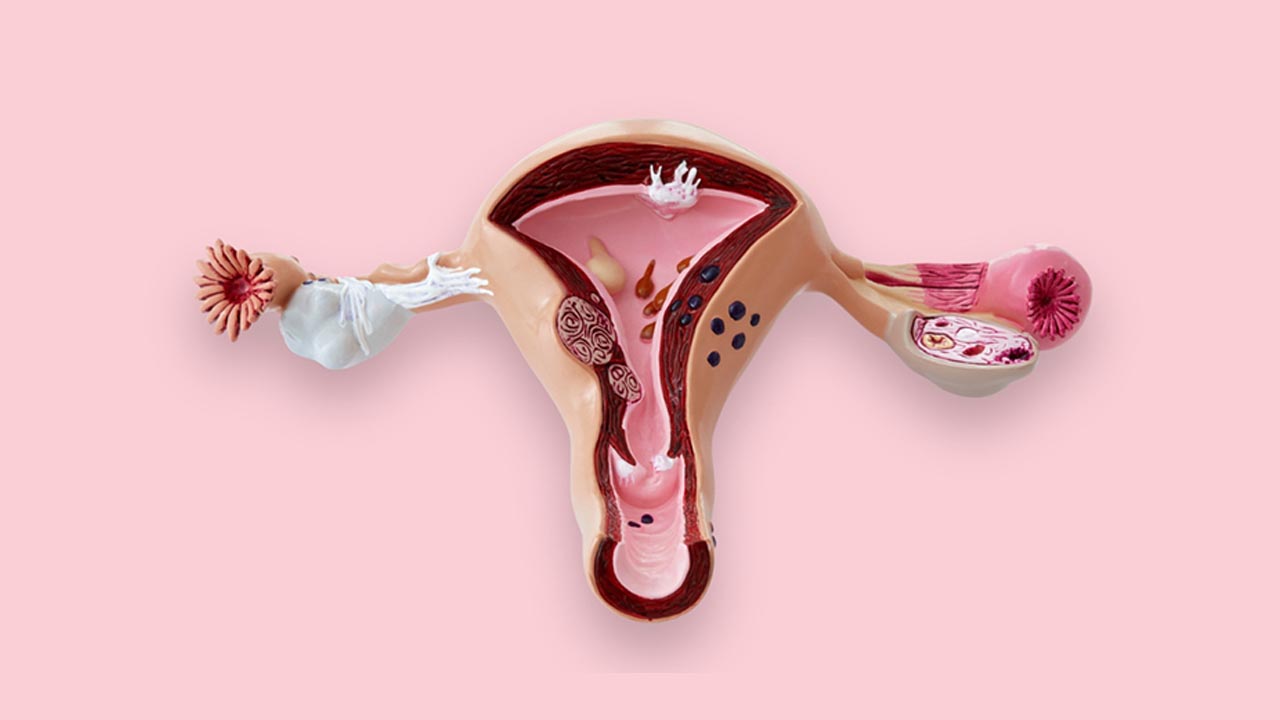Urinary complications are painful, difficult to diagnose, treat, and take time to recover from. The emergence of small tumorous entities in the uterus of both men and women is a common identification of urinary issues. However, the prevalence of urinary tumors is higher in females than in males. In more scientific knowledge, these tumors are referred to as uterine fibroids or myomas, which are small growth discovered in the human uterus. Uterine fibroids are non-cancerous; about 70-80% of individuals experience this condition once in their lifetime.
Uterine fibroid embolization
Uterine fibroid is a urinary condition that is treatable by different medications and surgical treatments. The surgeons recommend the alternative embolization strategy if a patient does not want to undergo a hysterectomy. Uterine fibroid embolization is a non-surgical method by expert radiologists that helps infract the fibroid tumors in the uterus. This minimally invasive treatment is directed so that it subsequently acts on the fibroids making them shrink and small in size, preventing any side effect on the uterus structure.
Benefits of UFE therapy
Individuals prefer uterine fibroid embolization over hysterectomy based on the following benefits
- It is a newer, faster, and safer technology
- It is the non-invasive approach to treatment
- It reduces pain more quickly
- Decreased hospital stay period
- The recovery period from UFE is less
- Unlike hysterectomy, UFE does not risk the lives of patients
- The success ratio of UFE is 85%
The one major drawback of the UFE approach is that it is not preferred for females expecting future pregnancies. Infertility is a complicated problem that can encounter during the treatment process. Interventional radiologists are the one who guides the patient on whether UFE is a good and applicable option or not.
Uterine fibroid embolization procedure
Uterine fibroid embolization is a catheter-based uterine tumor or fibroid treatment method. A thin tube is inserted via a leg or wrist blood vessel. The tube is regulated and monitored with the help of fluoroscopic images. This step is important as these vessels feed the fibroid in the uterus with blood, oxygen, and tissue matter. Through the catheter, tiny particles are injected, eventually blocking or hindering the fibroids’ blood flow. The patient after that is allowed to go home and rest. With time, fibroids shrink gradually in weeks and months.
Fibroid treatment is not a lengthy process with UFE; recovery time is also fast. This treatment mode is recommended when the patient is symptomatic as a female with heavy menstruation, anemia, pelvic pain, bladder pressure, constipation, and bloating. UFE permit is used when the patient wants to avoid surgeries like hysterectomy. This is quite an effective approach irrespective of the size and number of uterine fibroids in the uterus. The risk percentage with UFE is less than 1%, and follow-up complications are rarely seen in patients; these benefits make UFE a medical win.




